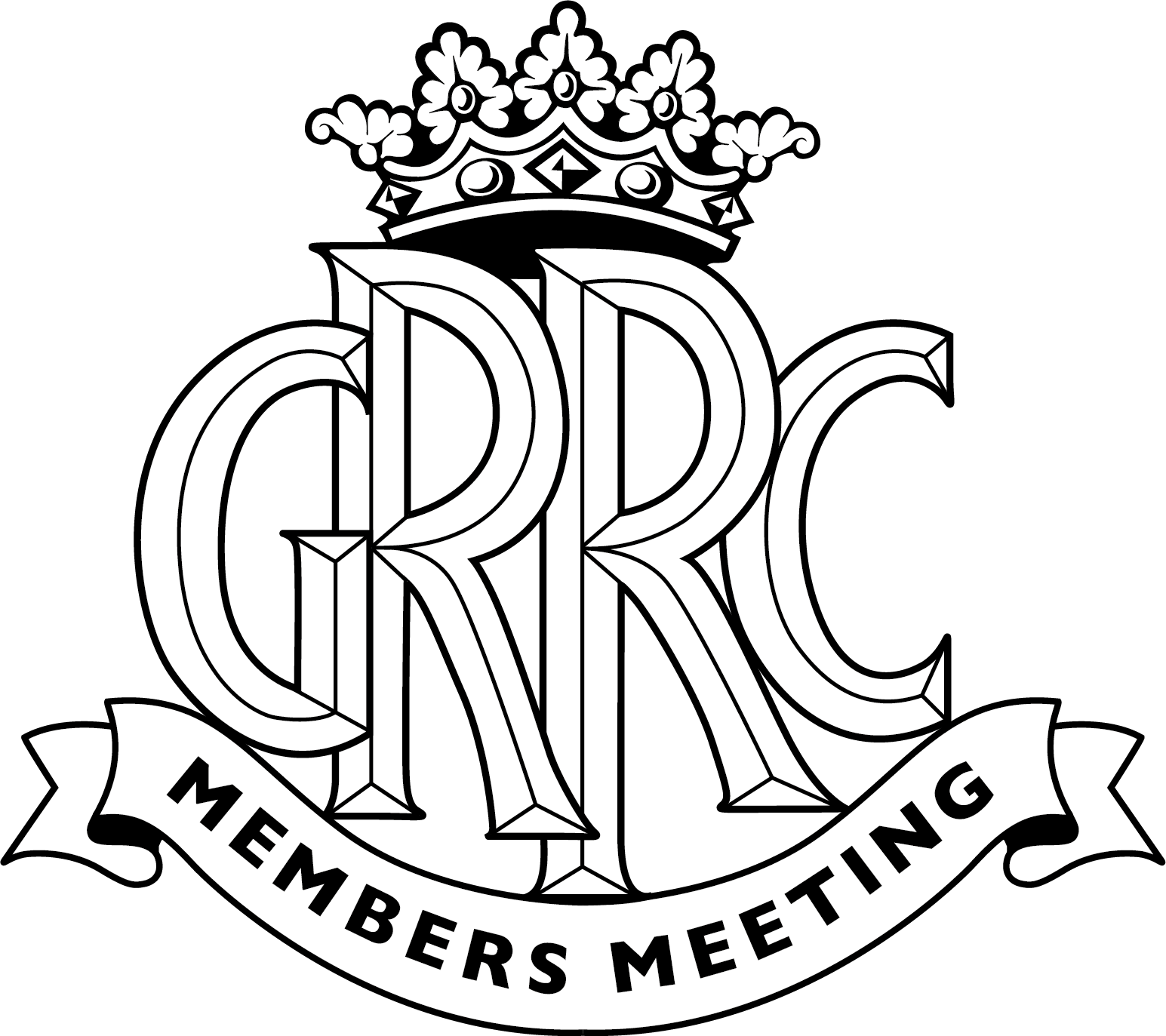The six greatest Ford touring cars
The Blue Oval is one of the most recognisable logos in all of motoring history, not least in the pantheons of motorsport lore, and a vast majority of Ford’s successes can be attributed to the tin-top variety of racing.
From a member of the Ford family taking victory in the first ever NASCAR race to Team Penske joining forces with a local powerhouse to dominate the Australian Supercars Championship, Ford has enjoyed a long tenure at the top of the mountain, producing a vast number of exciting cars along the way.

Ford-Lotus Cortina
Starting relatively obviously, but it’s hard to overstate the importance of one of the most iconic cars in touring car history. The story of the Cortina can be traced back to 1961, two years prior to its birth, when Colin Chapman commissioned his friend (and designer of the Coventry Climax engine) Harry Mundy to design a twin-cam version of the Ford Kent engine, because the Climax was too expensive for Chapman’s Lotus racing cars. During the development of the engine, which was being tried out by the great Jim Clark in a Lotus 23, Walter Hayes – the head honcho in Ford’s PR department – ordered 1,000 from Chapman to be fitted to the family car for Group 2 homologation, and thus the Cortina Lotus, or Lotus Cortina, depending on who you worked for, was born.
The car was a success right from the off, finishing third and fourth in the 1963 Oulton Park Gold Cup, beaten only by a pair of Ford Galaxies but, more importantly, beating the previously dominant Jaguar Mk2s. The run of form continued over the winter into 1964, the Cortina winning the British Saloon Car Championship with Clark in its first full season, while across the pond Jackie Stewart and Mike Beckwith took the honours for a second successive year at the Marlboro 12 Hour. The car then went on to utterly dominate in 1965 with Sir John Whitmore running away with the European Touring Car Championship for Alan Mann Racing, Jack Sears taking class honours in the British championship and Jacky Ickx winning the Belgian Saloon Car title. There were even wins as far afield as New Zealand, along with conquering the Nürburgring Six Hours with Whitmore and Sears forming a saloon car all-star pairing.

Ford Mustang
Motorsport was never far from the mind of Ford management when they came up with the Mustang. Just 43 days after the car made its global debut at the 1964 New York World’s Fair, a Mustang was pacing the field ahead of the 48th running of the Indianapolis 500. Much like the Cortina, the Mustang enjoyed almost instantaneous success, finishing both first and second at the 1964 Tour de France in the hands of Peter Procter.
The allure of a big American muscle car was enough to convince Alan Mann to prepare a trio of Mustangs for Roy Pierpoint, Mike Salmon and Sir Gawaine Baillie to race in the British Saloon Car Championship. It proved to be a shrewd move, as Pierpoint and Salmon came home first and second at the 1965 season opener at Brands Hatch, thanks to some poor luck for the Cortinas of Jack Sears and Jim Clark. Ford took victory at every single race that year, with Mustangs winning six out of the eight rounds. The Mustangs lost out on the road only twice – at our own Goodwood Motor Circuit, where the Cortinas took advantage of the rain in a shortened race, and at the season-closing Oulton Park Gold Cup by virtue of a disqualification for World Champion Jack Brabham, who had stepped into a Mustang for the final two races of the year. It was to be the consistency of Pierpoint, combined with the incredibly busy schedule of Jim Clark preventing him racking up the points for class victories, that would bring home glory for the Pony car.
The Mustang would go on to be one of the most iconic saloon racers in motoring history, and still has motorsport pedigree to this day, with both NASCAR and Australian Supercars regularly seeing the Mustang shape at the front of their fields.

Ford Escort Alan Mann
Alan Mann Racing and Ford is one of those pairings that just works, and when the decision was made to put the instantly recognisable red and gold colours on the new Ford Escort Twin Cam, little did they know they’d just created a car that would be remembered for generations. The start of the Twin Cam story was slightly more stuttered than that of the Cortina and the Mustang, however. A delay in the homologation meant that 1967 British Saloon Car champion Frank Gardner turned up for the first three races of his title defence in a Cortina – a world away from the Falcon the team had provided him with in the previous year.
Once the homologation hurdles had been cleared, Gardner rocked up to the fourth round of the season with his new set of wheels, sporting a rather fruity 200PS (147kW) engine fresh out of a Formula 2 single seater. Even though the new engine was still rather short on power when compared with the sheer grunt of the Falcons, Gardner was able to get the better of them on the road twice and followed them home on every other occasion, building up an insurmountable points total thanks to dominating the C class with wins in every single race.
The victory would be the sixth consecutive season that a Ford won the overall BSCC title, but it would then be another 16 years until the next victory for the blue oval…

Ford Sierra Cosworth RS500
Although the RS500 first appeared on the motorsport scene in 1987, Ford’s Sierra project can be traced back two years prior to the North American-only Merkur XR4Ti. Named Merkur as a nod to the Lincoln-Mercury dealerships it was sold in, and the fact it was built in Germany, the XR4Ti found success in European racing thanks to imports by teams such as Eggenberger Motorsport and Andy Rouse. Such was the impact of these cars that Ford worked with these teams in question to help develop the upcoming Sierra RS Cosworth.
As now seemed par for the course with a new Ford touring car effort, the RS500 was an instant hit. Gaining homologation in August of 1987, RS500s lined up on the front of the grid for every single remaining round of that year’s inaugural World Touring Car Championship – and had it not been for a disqualification at the Bathurst 1000, they would have come away with the title, too. Instead, Klaus Ludwig and Klaus Niedwiedz ended the season just one point behind BMW’s Roberto Ravaglia. Illegal wheel-arches, allowing taller tyres, were the reason both Eggenberger cars were thrown out, and victory was handed to the quartet of local heroes Peter McLeod, David Parsons, Jon Crooke and the legendary Peter Brock, driving a Holden Commodore in what would be Brock’s record-setting ninth, and final, Bathurst win.
The RS500 took the touring car world by storm in the late ‘80s and into 1990, winning championships in Britain, Australia, Germany, Japan and New Zealand, taking victories at the Bathurst 1000, Spa 24 Hours, Guia Race of Macau and the Tourist Trophy on the way.

Ford Mondeo
The Ford Mondeo racing story, much like that of the Escort Twin Cam, started rather late in the year. Early engine power issues and delays in road car manufacture meant the planned Andy Rouse-prepared rear-wheel-drive race cars would be outside the now British Touring Car Championship (BTCC) rules. Hastily redesigned front-wheel-drive versions, driven by Rouse and Kiwi Paul Radisich, did not appear until the eighth race of the year at Pembrey in June.
While it was a modest debut for the Mondeo, with Radisich taking eighth and Rouse failing to finish, it then began to run to form for Ford’s history with Radisich taking three victories and a lowest finish of fifth en route to third in the title, despite missing half the season. Another third-place title finish in 1994, and back-to-back wins in the FIA World Touring Car Cup in ’93 and ’94, suggested there was promise to the Mondeo programme, but it took a long time to deliver. After three seasons, and seven wins, with Andy Rouse, Ford switched to West Surrey Racing, which was making its debut in the series having kickstarted the F1 careers of Ayrton Senna, Mika Hakkinen and Rubens Barichello in Formula 3. The Dick Bennetts-led Mondeo squad enjoyed none of the successes that WSR enjoy today with Team BMW, but did make headlines with some BTCC appearances by British F1 hero Nigel Mansell.
After three sub-par years with WSR, Prodrive took the reins of the Ford BTCC programme and while 1999 brought another lacklustre year, the tide turned for the final season of the Super Touring era. Ford threw an insane amount of money at the 2000 season, with an estimated cost of £1 million per car in an expanded three-car effort, and it worked. Alain Menu won his second BTCC title, and the first for Ford since Robb Gravett’s RS500 took honours in 1990, and teammates Anthony Reid and Rickard Rydell completed a top-three title lock-out for the Blue Oval. Such was the dominance of the Mondeo in 2000 that its 11 wins that year were more than it had racked up in its entire BTCC life up until that point.

Ford Falcon V8 Supercar
The Falcon has enjoyed a 50-plus year run as the weapon of choice for Ford fans down under, with Harry Firth and Fred Gibson taking the spoils at the 1967 Bathurst 1000 in a Falcon XR GT. That car kickstarted Australia’s love affair with V8s, and smashed the fastest lap set by the victorious Minis of 1966 by seven seconds.
The Falcon went through a number of changes to its look, each version enjoying a level of success, but none more memorable than in the 1977 Great Race when Allan Moffat led home team-mate Colin Bond in an utterly dominant performance that provided the first formation finish for fans at the Bathurst finish line. After Moffat, Dick Johnson became the flag bearer for Ford in Australia, and he took an extremely popular victory in his crowd-funded effort in 1981, having hit a rock while leading the race 12 months prior.
After eight years off the grid owing to the adoption of Group A regulations in 1985, the Falcon returned in 1993 with the introduction of 5.0-litre cars, later to be dubbed the V8 Supercars that we know them as today. While an argument could be made that these Falcons weren’t true touring cars, as the car only resembled the Falcon once the bodyshell was added, they are widely regarded as cool, and the Supercars Championship is still recognised as a touring car championship to this day so they very much belong in this list. The Falcon was eventually superseded by the Mustang GT in 2019, but not before it had notched up 18 drivers’ titles in its storied history.
Images courtesy of Motorsport Images.
Ford
Lotus
Cortina
RS500
Sierra
Mustang
Falcon
Escort
Mondeo
BTCC
List





































































